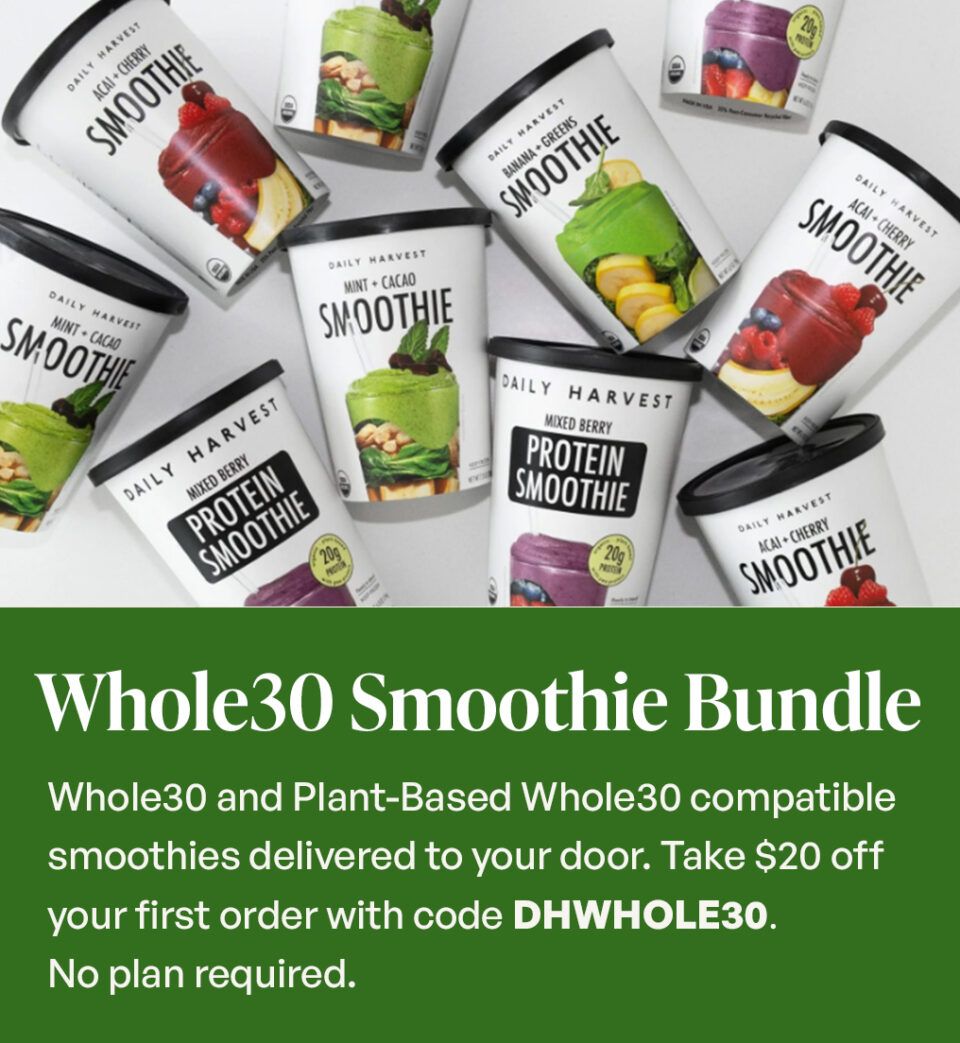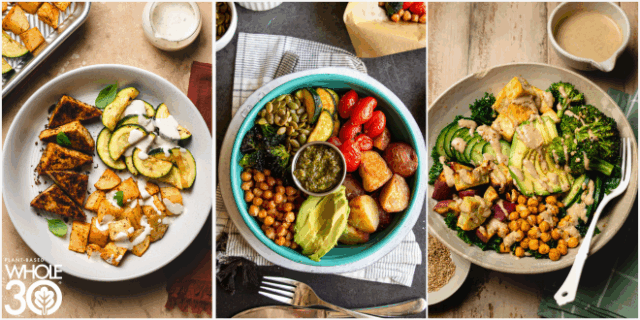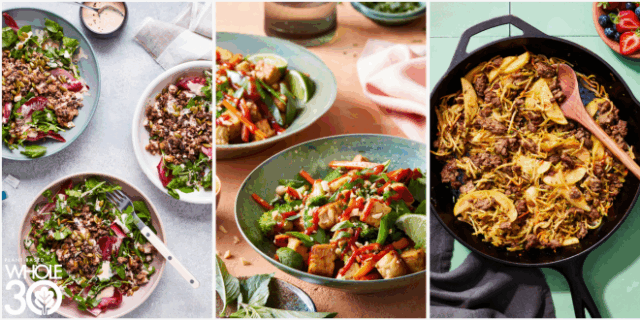Tofu is an underrated plant-based protein in the United States. You may see it at the grocery store, but in most cases, it is highly underutilized. The unfamiliarity we have with tofu may lead us to question what is tofu? This article will cover the types of tofu and ways you can use them every day.
What is Tofu?
Tofu is made from soybeans, which are legumes that vegetarians and vegans often use as a plant-based protein instead of eating meat. Soybeans come in three main different varieties:
- Green soybeans; young soybeans also known as edamame.
- Yellow soybeans; used in the production of tofu, tempeh, and soymilk.
- Black soybeans; used like black beans in soups and sauces.
To make tofu, soybeans undergo a multi-step process. The yellow soybeans are first ground up in water and then strained. The liquid portion is then boiled with an acid—such as lemon juice—to create a curd. While it is being processed, minerals like calcium and iron are added. Once the curd is formed, the product is pressed into blocks of tofu that you see in stores.
Not only can tofu be made by machine and sent to the store, but it can also be made at home. The main difference between store-bought and homemade tofu is that vitamin and mineral fortification will be lost when done at home.
Types of Tofu
The blocks of tofu you just read about are pressed into four main types of tofu firmness; super-firm extra-firm, firm, and silken. All of these types of tofu can be used during your Plant-Based Whole30.
Let’s take a look at what makes the tofu types different from each other.
Super Firm Tofu
Super firm has the highest tofu firmness and is an ideal option if you are in a hurry or newer to using tofu. Because it is so firm, you don’t have to worry about pressing it, which can be time-consuming. Another positive of super firm tofu is it won’t fall apart while cooking. But it may become dry when baking or grilling at high heat.
Ways to use the super firm tofu:
- Making a dip for fresh vegetables
- An easy plant-based protein addition to soups
- It can be used the same as you would use extra-firm tofu, but faster
Extra-Firm Tofu
Extra-firm tofu has a texture that can hold up to cooking, and it doesn’t fall apart easily. The firm texture comes from it having less water than the other tofu types. Because it lacks water, extra-firm tofu may not hold a marinade as well. Use extra-firm tofu for baking or grilling since it won’t lose its shape when exposed to high heat.
Ways to use extra-firm tofu:
- Tofu and vegetable skewers
- Tofu “steaks”
- Tofu veggie scramble breakfast
Firm Tofu
Firm is the most versatile type of tofu. It has a slightly softer texture than extra-firm tofu and contains a little bit more water. The higher water content makes it ideal for marinades. Firm tofu is also a good choice for cooking, but it may fall apart more easily than extra-firm.
Ways to use firm tofu:
- Marinated tofu cubes for salad or bowl toppings
- Tofu and vegetable stir-fry
- Crumbled plant-based protein for chili or soups
Silken Tofu
Silken is one of the tofu types with a much softer texture. The soft texture comes from the soy milk not curdling during the process as it does in the firmer types of tofu. Silken tofu has the highest water content, and will fall apart in your hands. It can be eaten in block form and prepared easily, but it can also be used as the main ingredient for recipes.
Ways to use silken tofu:
- Braised in a spicy sauce with steamed vegetables
- High protein plant-based smoothies
- Hidden protein in a dipping sauce
Tofu Nutrition
Tofu is one of the best plant-based protein sources because it has 10 grams of protein in a ½ cup serving. It has all nine of the essential amino acids your body needs. And amino acids are the building blocks of proteins that are necessary for the growth and development of muscles.
Not only is tofu a great protein source for plant-based eaters, but it can be a great option for meat-eaters to add in occasionally, too. Tofu doesn’t have cholesterol or saturated fats, which can contribute to chronic conditions in some individuals.
Aside from the plant-based protein in tofu, it also has vitamins and minerals—like iron and calcium. Because tofu has many nutrients and fewer calories, that makes it a nutrient-dense food.
What is the Best Type of Tofu?
This leaves us with the million-dollar question … What is the best type of tofu? The answer is: it depends on how you want to use it. All of the types of tofu listed above can be used to create a recipe that is delicious and perfect for your Plant-Based Whole30.
The best type of tofu is the kind that you enjoy eating the most and find desirable to cook with and serve. It’s time for a culinary experiment. Give each type a try to see which type you like the best.
PS: If you’re worried about GMOs, organic tofu is a great option. There are no GMOs in organic products.















